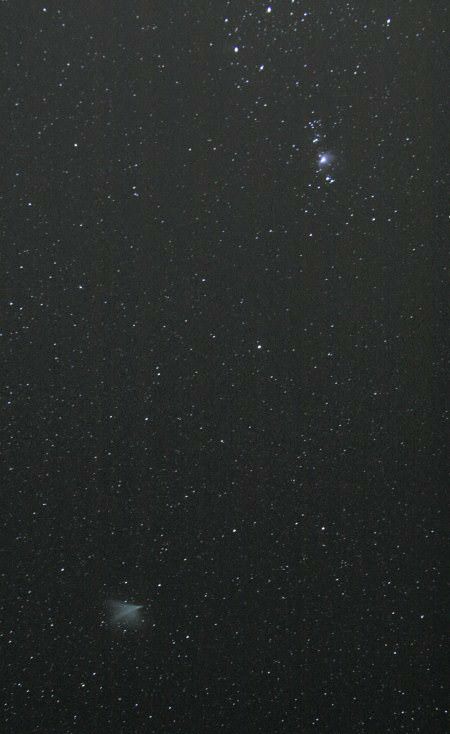What does a spacecraft look like as it lights-out for another world? This incredible time-lapse video was taken by astronomers at the Sir Thomas Brisbane Planetarium in Australia. The sequence shows a plume drifting against the background stars, probably caused by venting from the Centaur rocket stage that sent the Mars Science Laboratory/Curiosity Rover on its way to the Red Planet, after it carried out a burn over the Indian Ocean on November 26, 2011.
Brisbane Planetarium Curator Mark Rigby said that he and photographer/amateur astronomer Duncan Waldron, along with another planetarium staff member were likely the only people who saw this amazing sight, as they have received no other reports of similar observations.
Rigby said they are “are over the Moon – or higher” from seeing the departure of the Mars Science Laboratory, its rocket stage and plume above Australia on Sunday. “It is a real shame that we couldn’t have woken up everyone that didn’t have clouds,” Rigby wrote on the Planetarium’s Facebook page. “Even we didn’t expect to see such a spectacle. Can you imagine the feeling if there had been a crew onboard heading for Mars?”
Rigby first saw the plume at 2:15am local time, (16:15 UT) and said it was “a one-degree elongated cloud of VERY easy naked eye brightness.” Duncan Waldron also saw it starting at about 2:30pm and began to photograph it until it faded. Nonetheless, he captured a unique timelapse covering 21 minutes until 3am.
Here is one of Waldron’s images, below:
[/caption]
The coordinates of the observing site: -27.630779,152.966324, altitude 40m approx.
Congrats to the Sir Thomas Brisbane Planetarium team for capturing such an amazing and historical sight!

